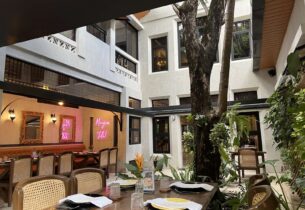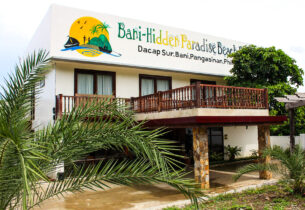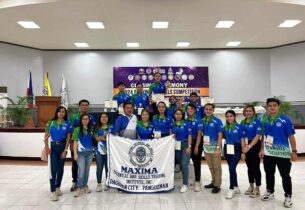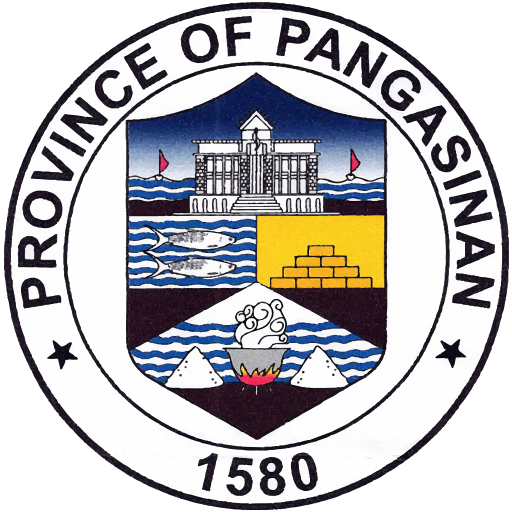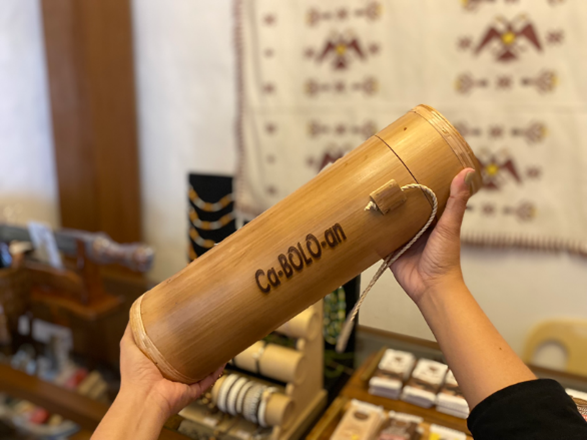 Prior to the arrival of the galleon ships, and before it was known to be Pangasinan, the province was divided into several kingdoms – one of them was called “Caboloan.” It was called as such due to the abundance of a bamboo specie called “bolo” in the central plains of the kingdom.
Prior to the arrival of the galleon ships, and before it was known to be Pangasinan, the province was divided into several kingdoms – one of them was called “Caboloan.” It was called as such due to the abundance of a bamboo specie called “bolo” in the central plains of the kingdom.
Bamboo has long been an integral part of the culture and livelihood in Pangasinan. The hardy, fast-growing grass thrives in the region’s tropical climate and fertile soil near the Agno River basin in the outskirts of Binalatongan, now known as San Carlos City.
The province of Pangasinan has a rich history of bamboo craft-making, dating back hundreds of years. The abundance of bamboo in Pangasinan provided the perfect material for creating various functional and artistic items. Furthermore, bamboo crafts have become a fundamental part of Pangasinan’s economy and cultural identity.
Bamboo crafting has also become an important source of employment in areas where other job opportunities may be limited. It offers individuals the chance to earn a living without having to migrate to urban centers in search of work. The skillful craftsmanship and artistic expression found in these products have made them highly sought after by locals and tourists alike. By supporting this traditional industry, we not only preserve our cultural heritage but also provide sustainable livelihoods for many people in Pangasinan.
The people utilized this versatile material to create functional items for daily use, as well as exquisite pieces that represented their cultural heritage. Today, these traditional bamboo crafts continue to be celebrated and preserved by artisans who strive to keep this ancient tradition alive. Skilled artisans transform bamboo poles into finely-crafted products using traditional weaving, carving and bending techniques passed down through generations. These handcrafted products showcase the versatility of sustainable material.
Take home a piece of history with these handcrafted bamboo as you visit the Banáan Pangasinan Provincial Museum at the Casa Real, in Lingayen, Pangasinan.
/DDSA

